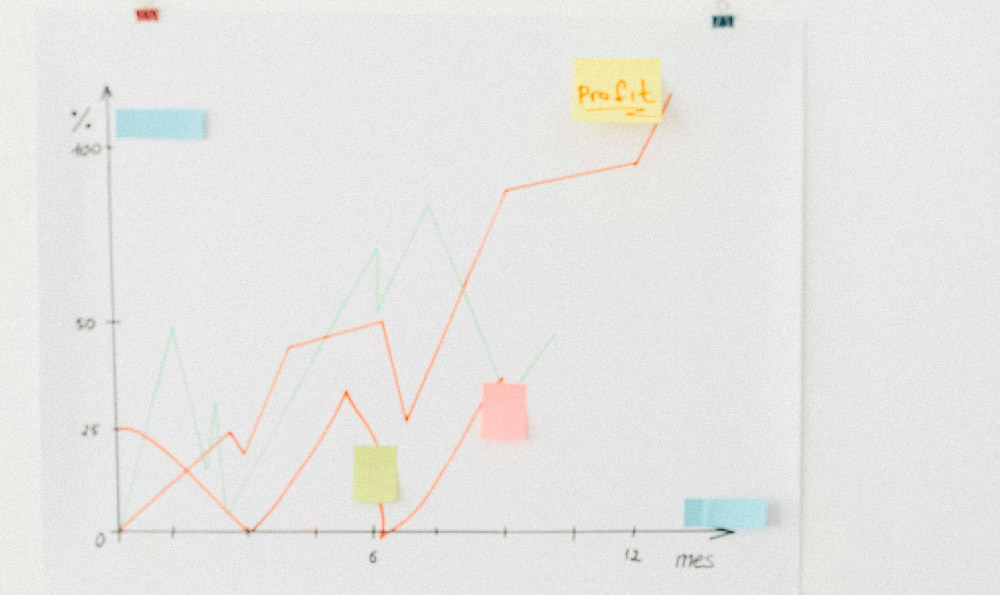Content creators have unlocked a new era of financial possibility by leveraging the digital landscape to monetize their passions and expertise. While the allure of quick returns often tempts creators to chase trends or make impulsive decisions, sustainable success requires a combination of strategic planning, audience engagement, and financial foresight. The key lies in understanding the diverse income streams available, refining content to align with market demands, and implementing systems that safeguard against common pitfalls while scaling earnings.
Monetizing content isn’t a one-size-fits-all solution—it’s a dynamic process that demands adaptability. For instance, YouTube creators can diversify beyond the standard ad revenue model by exploring Super Chat, channel memberships, and merchandise sales. Each of these avenues leverages audience interaction in unique ways, offering creators opportunities to generate income without relying solely on platform algorithms. Similarly, social media influencers can harness the power of affiliate marketing, where they earn commissions by promoting products to their followers. The effectiveness of these strategies hinges on the creator’s ability to curate content that resonates with their audience while strategically integrating monetization without compromising authenticity.
The critical factor in maximizing earnings is audience retention. A content creator’s ability to maintain viewer engagement directly impacts the potential for monetization. For example, creators who focus on producing in-depth tutorials or storytelling content often see higher retention rates and value from their channels. By analyzing engagement metrics, such as watch time, click-through rates, and audience feedback, creators can tailor their content to meet specific needs. Over time, this approach builds a loyal audience base, which becomes the foundation for premium content offerings, brand partnerships, or even fan-funded projects. However, the pressure to constantly create new content can lead to burnout, making it essential to balance productivity with sustainable habits.

Another overlooked strategy involves leveraging the power of the creator’s personal brand. A strong brand identity not only attracts followers but also opens doors to exclusive opportunities. For example, creators who establish themselves as authorities in their niches can negotiate higher sponsorship deals or even launch their own products. This requires consistency in content quality, authenticity in self-presentation, and a clear understanding of the target demographic. Brands are more likely to invest in creators who demonstrate long-term value and a stable audience, rather than those who focus solely on short-term gains. Additionally, creators should be wary of fake brand deals or poorly structured contracts that may jeopardize their financial security.
The rise of digital tools and platforms has also revolutionized how creators manage and scale their income. Advanced analytics provide insights into audience behavior, allowing creators to make data-driven decisions about content strategy and monetization. For example, a creator might use social media insights to determine the optimal posting times for YouTube videos or adjust their content format to suit their audience’s preferences. AI-powered tools further enhance efficiency by automating tasks such as content moderation, viewer engagement, and even video production. However, the overreliance on automation can dilute the personal touch that makes content compelling, so creators should maintain a balance between technology and human creativity.
For those seeking to diversify their income beyond traditional methods, exploring niche markets such as Patreon, Substack, or Medium’s membership program can provide additional revenue streams. These platforms enable creators to offer exclusive content, early access, or behind-the-scenes insights to their most dedicated followers, fostering a sense of community and loyalty. Moreover, the ability to monetize through multiple channels—such as combining YouTube content with a Shopify store selling related merchandise—creates financial resilience. This approach ensures that creators are not dependent on a single source of income, which is crucial in a market where platform policies and trends can shift rapidly.
Beyond the technical and financial strategies, creators must also consider the broader context of their work. The digital space is competitive, and audiences are increasingly savvy about what they consume. Creators who invest in continuous learning, such as attending industry events or mastering new skills, are better positioned to adapt to changing trends. Additionally, the ability to network with other creators, collaborate on projects, or mentor aspiring content creators can open up opportunities for cross-promotion and shared revenue. These relationships not only enhance visibility but also build a support system that helps sustain long-term success.
Financial risk management is equally important for content creators. Many underestimate the volatility of their income, which can fluctuate based on factors such as algorithm updates, market saturation, or external economic conditions. Diversifying across platforms and content types mitigates this risk, ensuring that creators can weather downturns in any single area. For example, a creator who primarily earns income from YouTube videos might supplement this with affiliate marketing or dropshipping, creating a buffer against sudden changes. Monitoring expenses, such as tools, software, or team costs, also helps maintain financial stability. Creators should allocate funds wisely, avoiding unnecessary debt while reinvesting profits into growth opportunities.
The future of content creation lies in innovation and strategic adaptability. As emerging technologies such as virtual reality, blockchain, and AI continue to evolve, new monetization methods will emerge. For example, creators in gaming or entertainment may explore virtual goods, NFTs, or cryptocurrency-based donations to diversify their income. While these methods offer exciting possibilities, they also require a deep understanding of the underlying technology and market dynamics. Creators should be cautious of speculative ventures that may not align with their core audience or values, ensuring that any new strategy complements their existing work rather than distracts from it.
Ultimately, successful monetization for content creators is a blend of art and science. It requires creativity to produce compelling content, data analysis to optimize performance, and financial wisdom to navigate the complexities of income growth. By focusing on building a loyal audience, diversifying revenue streams, and investing in long-term strategies, creators can turn their passion into a sustainable source of income. However, the journey demands patience, resilience, and a commitment to continuous improvement, ensuring that creators not only profit from their work but also protect their personal and professional growth against the unpredictable nature of the digital economy.











